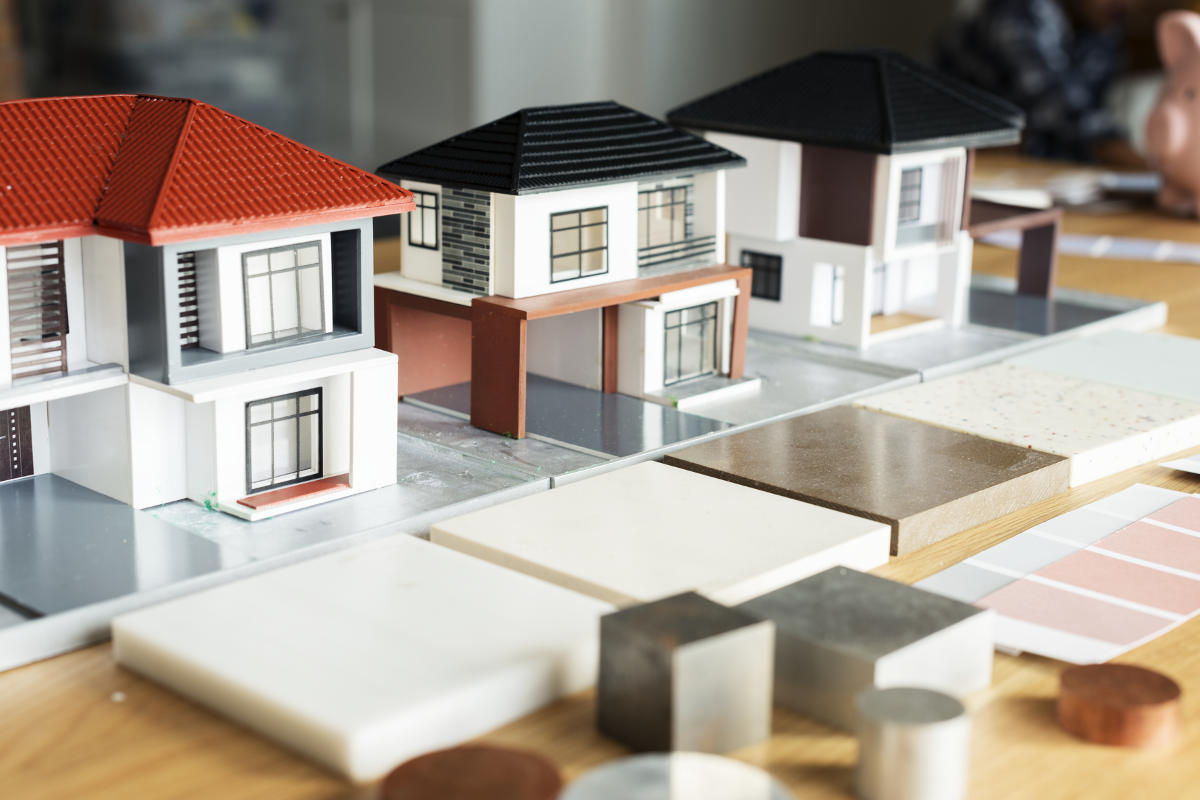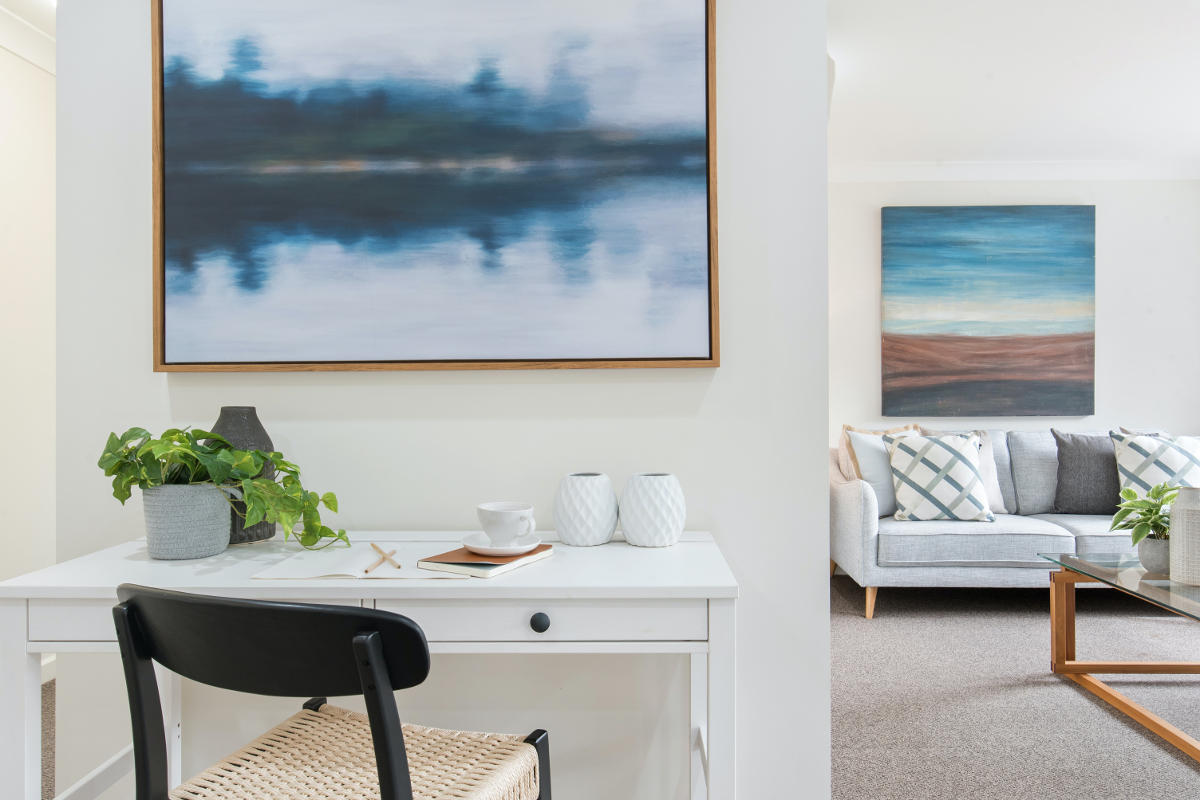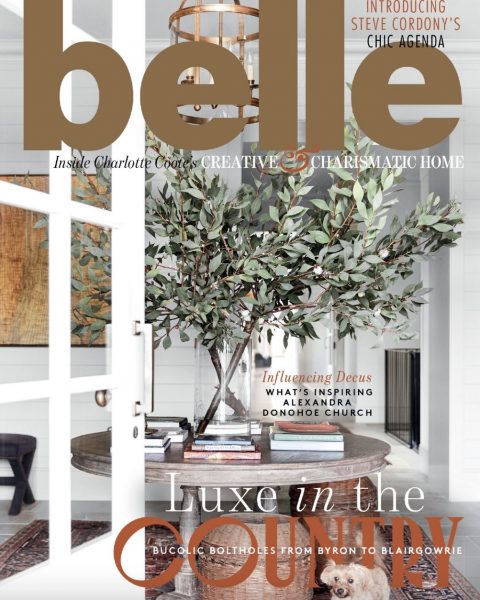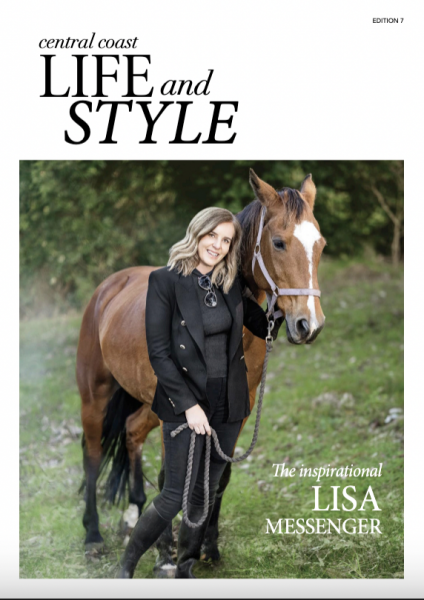There’s a huge amount of uncertainty in the world at the moment and one major question mark hangs over property prices in Australia.
There’s no crystal ball to allow us to tell home sellers what’s going to happen, but there are a few statistics that start to paint a picture of how mild the effects have been on property and prices since COVID-19.
So far, the impact from COVID-19 on the Australian real estate market has been milder than initially anticipated. Home values are slightly lower, but transactional activity has shown a remarkable comeback after a short lived drop in April.
12 months in review
Looking back over the past twelve months we’re pleased to share that home values remain in positive double digits in our two major cities, Sydney (13.3% price increase) and Melbourne (10.2% price increase). The only capitals where values showed declines were Perth and Darwin, but even across these cities, home values had started to recover pre-COVID.
Sales listings increasing
Another positive statistic is the number of new properties being advertised for sale, which has been on the increase since early May.
For May, CoreLogic reported a 21.5% jump in sales activity followed by a further 29.5% for June, bringing this total to 51%.

Rental listings
Rental market conditions are highly fragmented, with the weakest conditions centered around inner city areas and the apartment market.
With the regular inflows of overseas migration having temporarily stopped, foreign students are not currently entering Australia. Australian students are also opting to stay with parents or family and study from home.
With recent job losses in industries with lower salaries, such as hospitality, retail and travel, rental homes have been further affected.
With weaker conditions across the apartment sector, investors have continued to see a reduction in rental rates. With rents slipping backwards faster than home values across some regions, putting downward trends on rental yields.
Rental listings across Inner Melbourne and Inner Sydney have continued to rise by more than
40% over the past few months. Sydney’s gross dwelling yields have now fallen to record lows. In June Sydney yields were 2.92% and Melbourne 3.2%. The remaining capital cities are all showing stronger gross rental yield profiles, typically above 4%.
Short-term lets
Another factor increasing the number of long term rental properties is the transition of short-term holiday lets to permanent rentals due to lockdown restrictions e.g. such as homes listed on AirBnB, Stayz and Home and Away. But with international travel restricted and measures lifted on local tourism we should see a resurgence in demand for holiday lets again.
Consumer sentiment
Roy Morgan’s consumer confidence readings recorded a 42% lift between March and June 2020. Although these readings remain well below the long term average, improved consumer sentiment helps to explain the rise in listing numbers and property transactions.
Property auctions
Most auction markets are on track toward a full recovery, with the combined capital city clearance rate averaging 59.9% since mid-May.
Clearance rates recorded a historical low of 30.2% through April whilst the on-site auctions were sanctioned. This resulted in more than 80% of sales being made prior to the online auction date. Now that restrictions have been lifted properties the majority of auction campaigns are selling under the hammer again.
Property values
The drop in home values has been extremely mild to-date, with capital city dwelling values falling a cumulative -1.3% nationally over the past two months.
Low interest rates and a lack of for sale stock has been regularly cited as the combining factors keeping prices stable, region to region. We’ve yet to see whether the end of the Government’s stimulus package will have a knock on effect to the Australian real estate market.
Nationally, Australia saw a decrease of -0.8% on the House Value Index for the quarter March to June 2020. Melbourne saw a decrease of -2.3% and Sydney -0.8%. Brisbane decreased by -0.2%, and Perth’s decrease was -1.4%. Other cities saw an increase in value with Hobart leading with a 1% increase, followed by Adelaide and Canberra with 0.7% increases and Darwin 0.4%.
Prestige homes continue to be where the majority of price reductions have been seen. Over the past three months the upper quartile values fell by -1.7% across the combined capital cities and the lower quartile values fell by only -0.3%.

Market movements come spring
It’s expected that more properties will be listed for sale in most markets once we reach Australia’s spring selling season. It’s unknown, however, whether there will be downward pressure on pricing in alignment with the removal of Government subsidies for individuals and companies. It’s expected that the rental market will be most likely to be at the mercy of job losses.
As you can see, there’s no real consensus. Historically, property prices have bounced back relatively quickly after a crisis so we can only hope for the best while planning for a less-optimistic scenario.
If you’d like advice about the property market in direct relation to your home, its location, condition and local demand, do not hesitate to get in touch.

